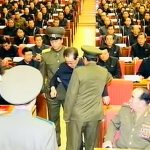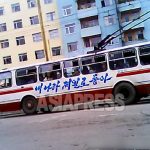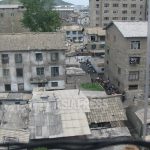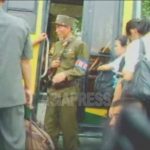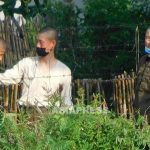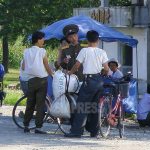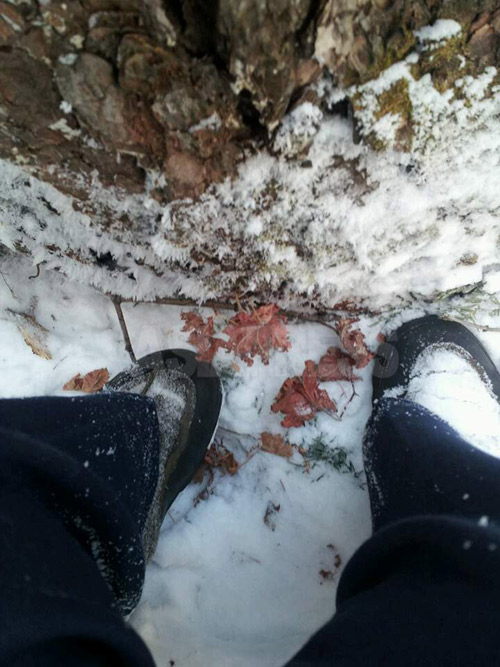
2017/Feb/16
The Chinese New Year was celebrated at the end of January.
“Happy Chinese New Year!”
I was glad to hear greetings from our reporting partners inside North Korea. In always respectful fashion, North Koreans have the courtesy to greet others on such significant occasions. (ISHIMARU Jiro)
People often ask me, “How do you have contact with people inside North Korea?” It is quite simple, ASIAPRESS smuggles mobile phones using Chinese wireless carriers into North Korea, then North Korean reporters and reporting partners communicate directly with us. In the border area of North Korea, a few kilometers from the Tumen River and Yalu River, our reporting partners can make direct calls to me or send messages using their smartphones, a new development in recent few years. We have around ten partners throughout different parts of North Korea, both men and women.
Surprisingly, a number of North Korean defectors–living in South Korea, Japan, Europe, and other areas–are keeping in touch with their loved ones or friends inside North Korea, using the same tactics of smuggled mobile phones that use Chinese wireless carriers. Not just refugees, but smugglers operating around the Chinese–North Korea border also make use of these phones.
Just like the New Year’s greeting I received, most of our reporting partners go out of their way, deep into an uninhabited mountain area to send me messages, regardless of heavy snow in the northern parts of North Korea. In the winter season the temperatures in North Korea go below -20 degrees Celsius at times. They perhaps sent me the messages while blowing on their numb fingers to warm them up. They did reply very slowly.
◆The Kim Jong-un regime tries to block these “illegal communications.”
Our partners (and other North Koreans using Chinese cell phones) need to go deep into the mountain, even in extremely cold weather, not only to evade the state authorities but to find a better connection to the Chinese cell towers. The Chinese mobile phones connecting to Chinese wireless carriers are prohibited to use in North Korea, since the government does not allow North Koreans to make outside communications freely.
Pyongyang has also strengthened its efforts for jamming wireless calls from the outside to mobile phones in North Korea that are equipped with a Chinese SIM card. They have been known to use radar to detect the source of the network. The jamming is so strong that it is even affecting some areas in China at the border.
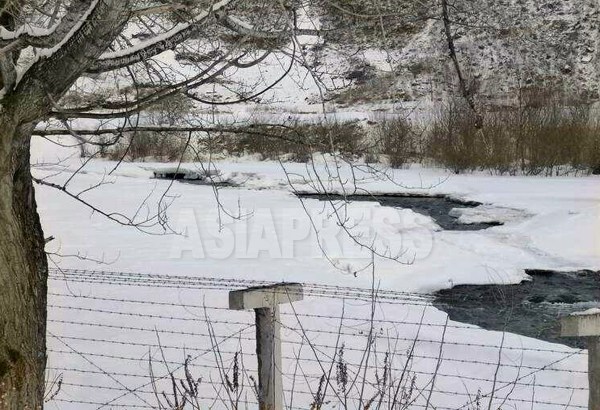
Since there are police along the border area all day long, cracking down on “illegal communications,” our reporting partners must be on high alert even deep inside a mountainous area.
“My neighbor–who attempted to go into the mountains to call a relative in South Korea–was imprisoned for a year and a half after coming across a security check point. When he was finally released from the prison, he was too weak to walk. Just calling overseas is considered a rebellious act against the regime.” said one of our reporting partners. His friend had been bedridden in a hospital for four months after leaving prison.
Unlike under the Kim Jong-il regime–when people just had to pay fines and would get their phones confiscated by police—the Kim Jong-un regime has introduced new penalties that equal a few months to years of imprisonment.
Along with the toughened control of “illegal communications”, police have tried to find potential defectors by raiding houses along the Chinese-North Korean border. It is called “House censorship,” and is regularly carried out without any notice in advance. Barbed wire–covering a few thousands kilometer, most of the Chinese-North Korean border–was installed at the Chinese border.
Since last year it has become extremely hard to cross the border into China. A number of defectors living in Japan and South Korea wish their families, left in North Korea, can escape. With the new security measures this is becoming more and more difficult.
Our reporting partners sometimes ask me, “What should I do?” It is a good question.
 * Editor’s notes on North Korean reporters
* Editor’s notes on North Korean reporters
ARCHIVE(pdf) >>
DPRK MAP >>
